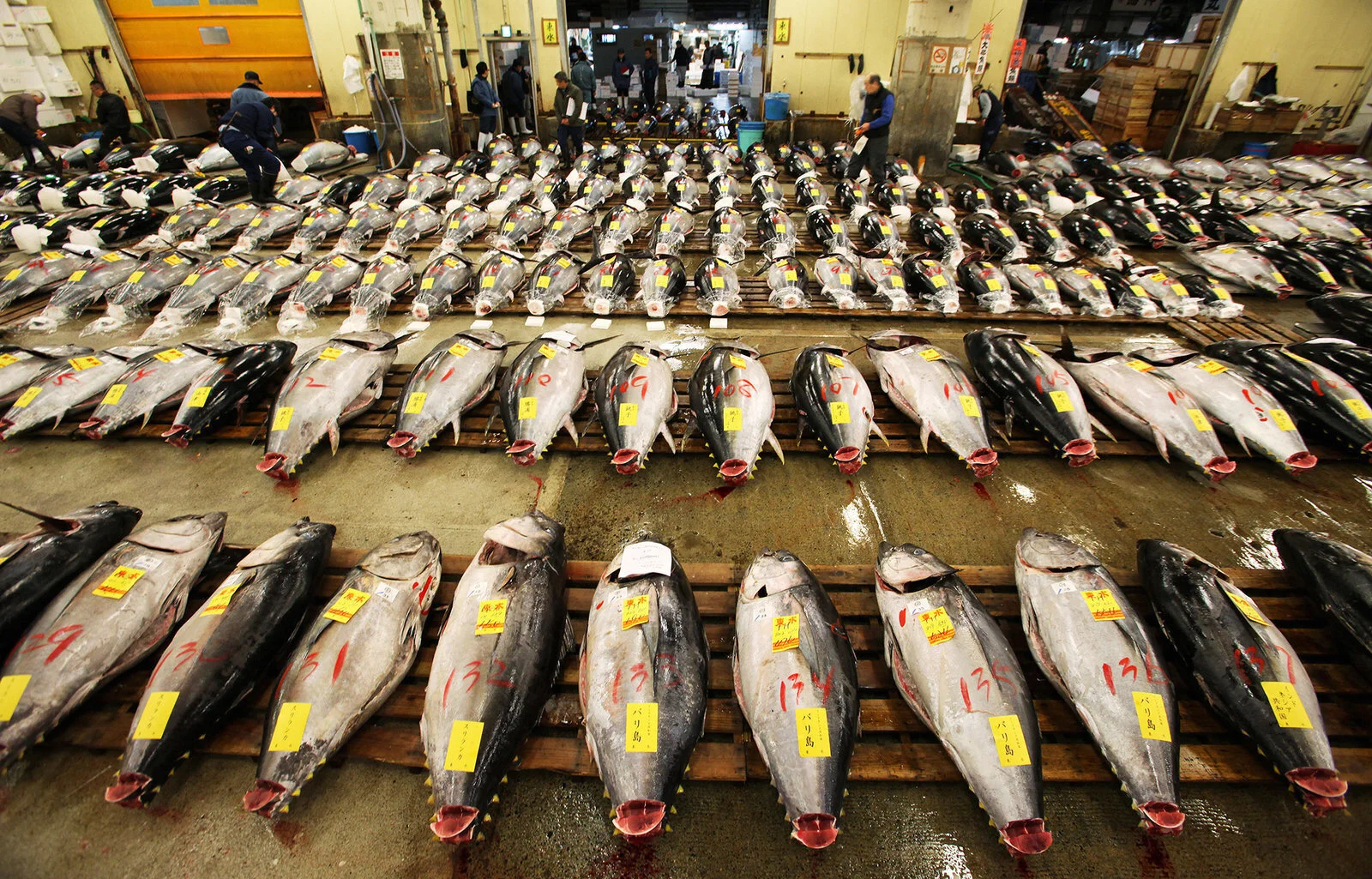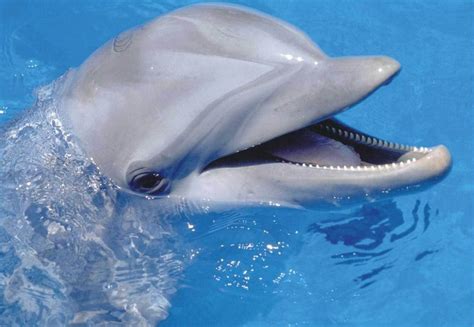Two recent statements on tuna made to me recently, on different occasions. ‘I don’t think I will ever again eat tuna. I don’t want to be co-responsible for wiping out a species.’ One week later: ‘Tuna is becoming a plague. It is robbing all our fish!’. First statement is from a troubled consumer in Amsterdam. The second of a troubled fisherman at Spain’s southern coastal town of Barbate.
Welcome in the crazy world of tuna.
It was, again, all about bluefin. These weeks the bluefin tuna fishing campaign in the Mediterranean and the Street of Gibraltar comes to an end. ‘There is more bluefin tuna than even old fishermen can remember having seen with their own eyes’, says my friend Diego Crespo from the south Spanish port of Barbate. I know Diego for over twenty years from the times I first went with the almadraba, the classical trap net fisheries that one can still find here next to beautiful coasts of Cádiz. It has been there since the times of the Phoenicians. The Crespo family runs one the almadrabas from the port of Barbate, a fishery community at the Atlantic side of the Street of Gibraltar.
If there exist such a thing as a list of the most influential fish, bluefin would be without any doubt the number one star. Of all the tuna species this majestic impressive tuna giant, has been a source of power and conflict, as I describe in my book Tuna Wars. It is not only our most ancient fish conserve on an industrial scale, with an history that goes way back 3000 years. Iconic as it is, blue fin tuna is the driving force behind the idea of many fish loving consumers, that eating tuna actually has to be situated somewhere in between a secret pleasure and a criminal act of whipping out an entire species. Was tuna (without distinction) not on the boarder of extinction? And if so, are we all in fact bad, bad tuna-eaters?
The reality of blue fin tuna, tuna in general, is slightly different, as is illustrated right now at the end of the bluefin tuna season. The freezing facility in the port of Barbate is working on maximum capacity to deep freeze the tons of caught bluefin. The 175 kilograms bluefin tuna are shot in the closed chamber of the trap net, taken to port, cleaned and cut into loins and deep frozen. Diego Crespo is waiting to buy some additional quota of his fellow handline fishers from the Canary Island and after using that, the blue fin fisheries will close for another year. It went fast, like everywhere around the Mediterranean. So abundant was the bluefin tuna that the colleagues at the Spanish East Coast fished their quota in just one week.
So now the complaints start that there is too much bluefin tuna. The tuna-fisheries of course want to have higher quota. But other coastal fisheries in the area here _ like anchovies, sardines and other local fish_ even start to complain that the huge schools of blue fin are plundering their stocks. ‘It is almost a plague’, Diego Crespo said. As a describe in my book Tuna Wars this is not new. In the second half of last century fishermen at the coast of Northern France and Norway started to chase bluefin tuna in their waters, not so much to eat it, as well as to kill that huge predator that was eating their catches.
This is a whole kind of different story than Diego used to tell me in the first decade of the century. Year after year he complained, like many other bluefin fishers, that the catch was dropping. Bluefin was being overfished due to the explosive demand of the Japanese sushi-market. Massive illegal, unregistered and unregulated fishery ruled the market. Fraud reigned in bluefin tuna. But that was the situation a decade ago. Fortunately, the management of the fisheries, in this case by the regional tuna authority ICCAT, kicked in. And Bluefin proved to be a stronger stock than many feared. The Eastern Atlantic population bounced back and the quota are now gradually set higher from 22.700 ton in 2017 to 36.000 ton in 2020.
You might discuss if the quota are on the safe side or not (NGOs like PEW do not think so). But it is a fact that bluefin is moving away from the abyss of extinction. What stays is the strong impact of the campaigns of the leading NGOs to save bluefin tuna. Even after ten years part of the general public _ in particular consumers in the western markets _ is still haunted by this uncomfortable feeling that ‘something is wrong’ eating tuna. Even now most consumers do not realize that it was bluefin that planted the seed of guilt in their brain anyway.
What lessons can we learn from the blue fin tuna? First and foremost: pressure from the consumers and NGOs can change the management of stocks for the better. Management of stocks can work. But also: there is still a lot work to do when it comes to informing the public on what stocks of tuna we can eat without a bad conscious. And on what other tuna is still under pressure or has other sustainability issues that make the consumption undesirable.
Last question: Do you eat bluefin tuna? Yes, I do. Not a lot, but incidentally, like tasting a good wine. And only when I am sure it is sourced from the traditional almadraba, which I consider a very sustainable way to fish, with hardly any bycatch and an important social and economic benefits for the local fisheries communities of the south of Spain. It is an amazing fish to eat. Go to the El Campero restaurant in Barbate, or one of the local tuna festivals and you understand what I mean. Let us hope not everybody falls massively for the charms of the bluefin, because than we might run into a repetition of problems. The future will learn if the management is able to resist the market pressure and keep a healthy stock.



